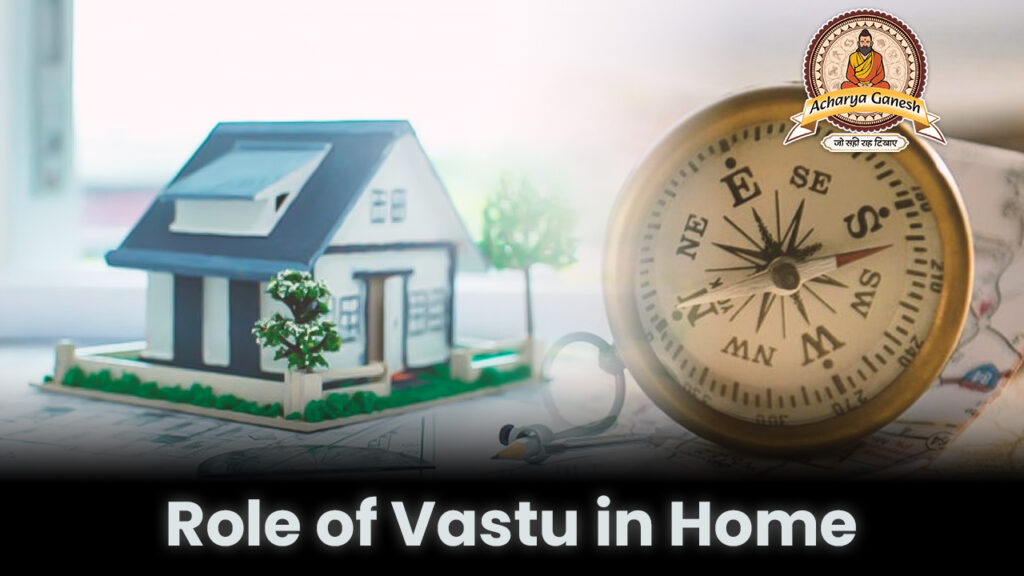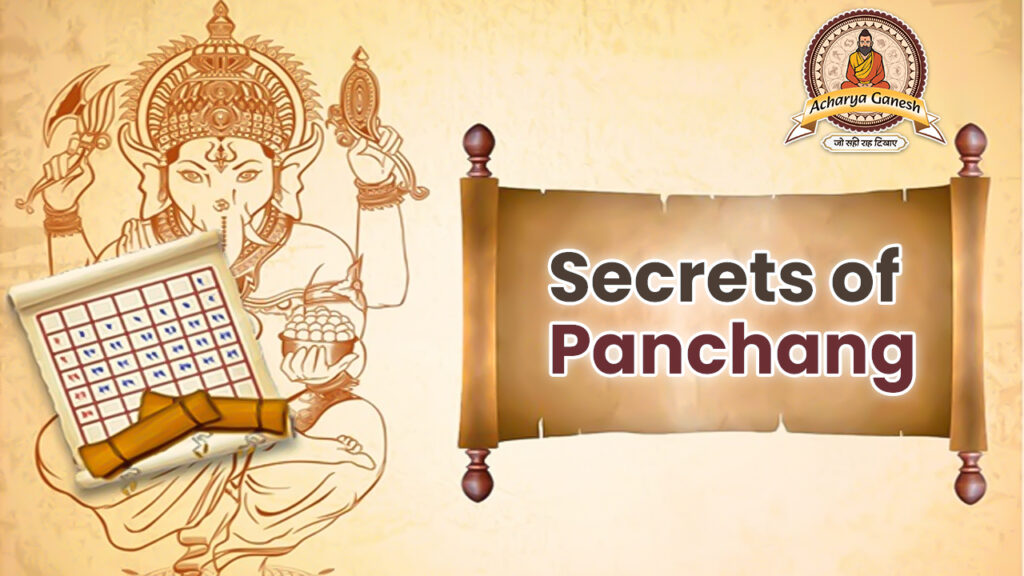What is Vastu Shastra? Why is it so important? Know its Secret

Introduction to Vastu Shastra
Vastu Shastra, an ancient Indian architectural science, has been guiding the construction and design of buildings for thousands of years. This traditional system focuses on harmonizing the living space with the natural forces to promote well-being, prosperity, and positive energy.
Understanding Vaastu
Vaastu, often used interchangeably with Vastu Shastra, refers to the science of architecture and construction. The term ‘Vaastu’ is derived from the Sanskrit word ‘vas,’ meaning ‘to dwell.’ It encompasses the principles that govern the design and layout of buildings to create a harmonious living environment.
The Importance of Vastu Shastra
Vastu Shastra is considered important for several reasons:
- It aims to create a balance between nature and human habitation.
- It is believed to promote positive energy flow within living spaces.
- Vastu principles are thought to enhance the overall well-being of occupants.
- It takes into account the five elements of nature: earth, water, fire, air, and space.
Vastu Shastra for Home
Applying Vastu Shastra principles to home design involves several key aspects:
1. Direction and Layout:
The orientation of the house and the placement of rooms play a crucial role in Vastu. For example:
- The main entrance is preferably placed in the north, east, or northeast.
- The kitchen is ideally located in the southeast corner.
- Bedrooms are best situated in the southwest or northwest.
2. Use of Colors:
Vastu Shastra suggests specific colors for different areas of the home:
- Light colors for living rooms to promote a sense of spaciousness.
- Warm colors like yellow or orange for the kitchen to stimulate appetite.
- Soothing colors like blue or green for bedrooms to encourage relaxation.
3. Furniture Placement:
The arrangement of furniture according to Vastu principles can enhance the flow of positive energy:
- Beds should be placed with the head towards the south or east.
- Study tables are best positioned facing east or north.
- Avoid placing mirrors directly opposite the bed.
Vastu Tips for Everyday Life:
Incorporating Vastu principles into daily life can be simple yet effective:
- Keep the entrance of your home clutter-free to allow positive energy to flow in.
- Maintain cleanliness and order in the northeast corner of your home, which is associated with spirituality and wisdom.
- Avoid keeping dead plants or withered flowers in the house.
- Ensure proper ventilation and natural light in all rooms.
The Meaning and Origin of Vaastu:
The concept of Vaastu dates back to ancient Indian texts, particularly the Vedas. It is rooted in the belief that the earth is a living organism and that every structure built on it should be in harmony with nature’s forces.
Vaastu is not just about building houses; it’s about creating spaces that nurture and support life.
This philosophy emphasizes the interconnectedness of all living beings with their environment and seeks to create spaces that foster positive energy and well-being.
Modern Applications of Vastu Shastra
While Vastu Shastra originated in ancient times, its principles continue to find relevance in modern architecture and interior design. Many contemporary architects and designers incorporate Vastu concepts into their work, adapting them to suit modern lifestyles and construction techniques.
Conclusion of Vastu Shastra:
Vastu Shastra, with its deep-rooted principles and holistic approach to living spaces, continues to influence architecture and design in India and beyond. While its effectiveness may be debated, many find value in its guidelines for creating harmonious and positive living environments. Whether strictly adhered to or loosely incorporated, Vastu principles offer a thoughtful approach to designing spaces that nurture well-being and positive energy.
FAQs about Vastu Shastra:
1. Is Vastu Shastra scientifically proven?
While Vastu Shastra is based on ancient wisdom and observations, modern scientific validation is limited. Some principles align with environmental psychology and ergonomics, but many aspects remain in the realm of traditional beliefs.
2. Can Vastu Shastra be applied to apartments?
Yes, Vastu principles can be adapted for apartments. While some aspects like overall building orientation may not be changeable, interior layouts and decor can often be adjusted to align with Vastu guidelines.
3. How does Vastu Shastra differ from Feng Shui?
Both Vastu Shastra and Feng Shui aim to harmonize living spaces with nature. However, Vastu originates from India and focuses more on directional alignments, while Feng Shui, from China, emphasizes the flow of energy or ‘chi’ within spaces.
4. Are there any simple Vastu tips for office spaces?
Some basic Vastu tips for offices include:
- Placing the main door in the north or east.
- Positioning the work desk to face north or east.
- Keeping the northeast area clear and well-lit.
5. How often should one consult a Vastu expert?
It’s advisable to consult a Vastu expert before constructing or renovating a home. For existing spaces, periodic consultations can be beneficial, especially if facing persistent problems or planning significant changes.
Checkout For More info: Acharya Ganesh








